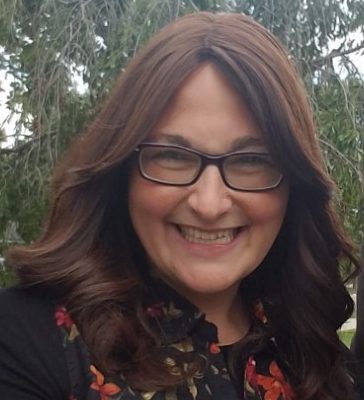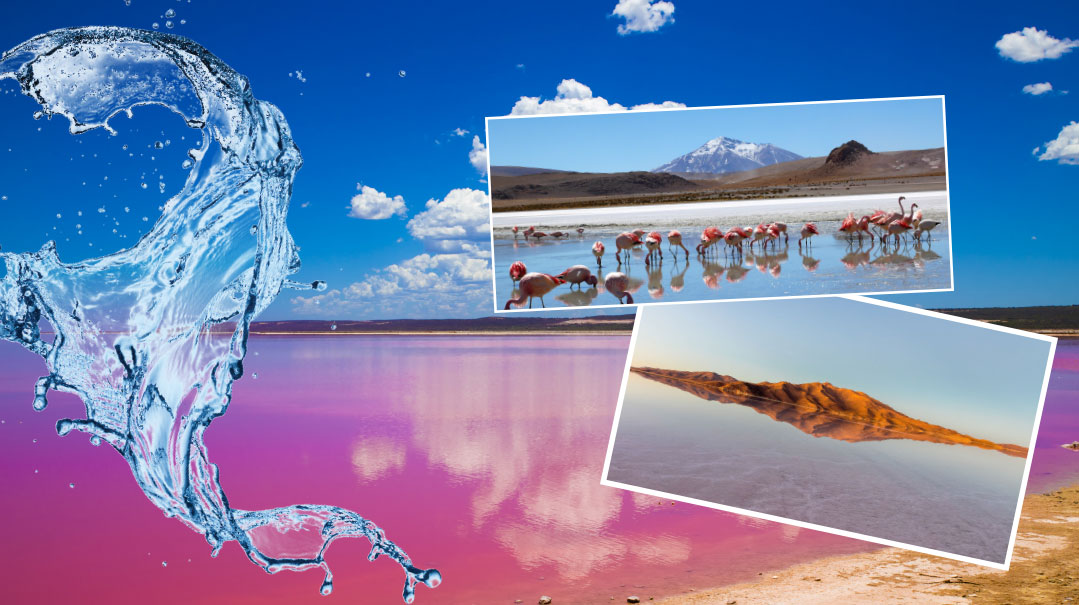Wacky, Way-Out Waters

There are many types of bodies of water out there and some might have you scratching your head in confusion and knowing that no one would ever fill up a water balloon with that!

We asked our Inside Scoop members what comes to mind when they hear the word “water.” These are their answers:
Crashing ocean waves!
—Chantsha Burton, 10, Brooklyn, New York
Great water fights with my friends and family.
—Leah Grossman, 13, Jerusalem, Israel
A pool party with my friends.
—Esther Beren, 8, Lakewood, New Jersey
A lake.
—Bruchi Censor, 11, Lakewood, New Jersey
A lake.
—Bruchi Censor, 11, Lakewood, New Jersey
A drink.
—Ephraim Simcha L., 6, Cincinnati, Ohio
An ice-cold cup of water!
—Baila Goldberg, 13, Far Rockaway, New York
The river near my house called the River Tyne.
—Malky Sulzbacher, 10, Gateshead, England
A big waterfall, with water crashing down.
—Zahava, 14
A puddle or a bottle of water.
—Eliyahu Mevorach, 10, Jerusalem, Israel
Thirst.
—Tzirel Zar, 8, Jackson, New Jersey
The ocean.
—Kayla Subar, 9, Los Angeles, California
Can you guess what the #1 most common answer was to: “What does water make you think of?” Well, what would your answer be?
If you said “swimming”
then join the crowd! That’s exactly what they answered!
Rochel Friedman, Liora Kohanchi, Racheli Bistricer, Tziporah Moskowitz, Nomi Bloch, Rachelli Spector
For the most part, water that we come in contact with every day is enjoyable, calm, fun, delicious, and useful. But sometimes water is a little more exciting than that! For example, two people answered something a little more unusual:
How our street floods every time it rains!
—Atara Burstyn, 7, Southfield, Michigan
When the air conditioner in our classroom broke and spritzed water on us and we thought it was raining!
—Rivka L., 12, Givat Ze’ev, Israel
Along those lines, today we’re going to explore some other more unusual bodies of water….
Pink Lake
Lake Retba in Senegal looks like a big swimming pool of pink lemonade! It’s also got a high salt content, which means you can float on it easily. What’s with the color? There are tiny living organisms in the water called microalgae, which produce a red color to help them absorb sunlight.
Another similarly colored lake is the Laguna Colorada in Bolivia, but unlike pink lemonade, it more resembles what the Nile River must have looked like during the first Makkah! It’s bright red! Weirder than that, it’s dotted with little white islands made of borax, which, believe it or not, is what’s used in many laundry detergents! The Laguna Colorada gets its color from the large amount of red algae living in it. It’s also home to pink flamingos, which definitely adds something to the color scheme there, too.
Oops! We could not locate your form.






